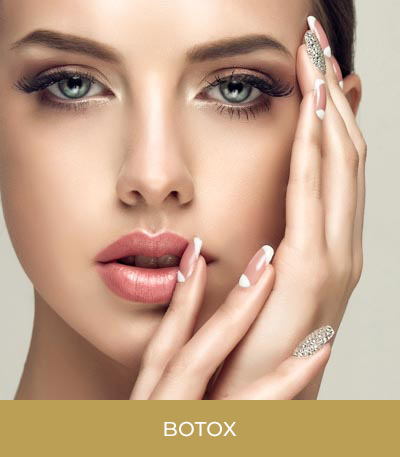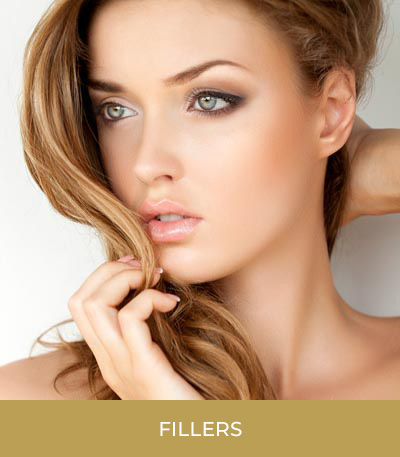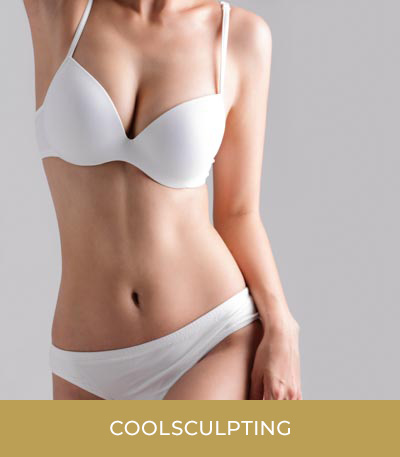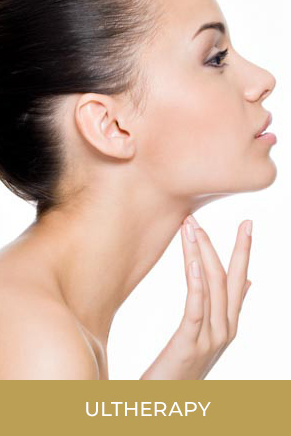One of the most common complaints that VIDA treats are those troublesome “brown spots.” Also known as hyperpigmentation, brown spots can present in many ways and are usually caused by a variety of different skin conditions. After all, there are over 3,000 dermatological conditions so there is a very high chance that you struggle with more than one. A brown spot might be a freckle, mole, “age spot” or “liver spot,” melasma, or common sun damage. The kind of brown spot you have is going to dictate the treatment—particularly since some brown spots might need to be biopsied to make sure they are not skin cancer.
The vast majority of brown spots are not skin cancer. However, if you have a mole that is atypical and does not follow the ABCDEs of a healthy mole, a dermatologist might determine that it should be biopsied and checked for cancerous or pre-cancerous cells first. Most brown spots do not need to be biopsied by a dermatologist because they tend to not be suspicious-looking moles. Instead, the majority of people who are annoyed by their brown spots are not talking about moles (the most common indicator of skin cancer), but rather other types of spots.
Why We Get Brown Spots
We are born with some brown spots, most commonly moles or birthmarks. If you had a mole or moles at birth, there’s a good chance that more developed as you got older. This is particularly true if you have a history of sun exposure without proper protection. The majority of adults did not experience correct sun protection as a child, but the good news is that we are getting better about being diligent with sun protection! However, every time your skin is damaged by the sun, that damage is going to show up immediately as a burn and then later as a “tan” or brown spots.
Ultimately, most brown spots are a sign of sun damage. That’s how they earned the nickname “age spots” and why we have more of them as we get older. You’ll notice that most brown spots occur on parts of the body regularly exposed to the sun. Not many people have sun damage on parts of the body that are covered by a swimsuit. Brown spots can be lessened and even removed, but this requires matching the brown spots to the right treatment and making sure a skin expert is conducting the treatment.
Options for Removing Brown Spots
Most brown spots can be removed with laser and/or light therapy, chemical peels, or a combination of these options. There are scores of lasers available on the market, and a board-certified esthetician with a CAE certification can best match your needs to the right device. Most clients require more than one treatment for optimal results, typically between 3 – 5 sessions per site. However, you will notice improvement a few weeks after your first session.
“Lasers” often include real lasers as well as the latest energy-based devices like BBL (broadband light therapy). Every laser and light technology is designed to treat different concerns, and that includes different types of brown spots. If you have sun spots and melasma, your skin expert might recommend you to combine lasers since you are addressing two different types of hyperpigmentation.
Clear Skin is Healthy and Youthful
Most people want to remove brown spots because they feel it makes them look older. You’re not going to see a child or teen with age spots. These brown spots start to accumulate as we get older and is a tell-tale sign of our chronological age. It can also make skin look dirty even though it’s not and interfere with the bright, clear, radiant skin that everyone wants and deserves. Chemical peels can be a great method for lessening brown spots because they literally peel away the top layer(s) of the skin. Chemical peels are available in light or medium depths and are personalized concoctions of specific chemicals designed to reveal more youthful skin below the surface.
The exact brown spot treatment for you can be determined during a complimentary consultation with an esthetician. Book your consultation at VIDA today by calling the office or filling out the online form.




